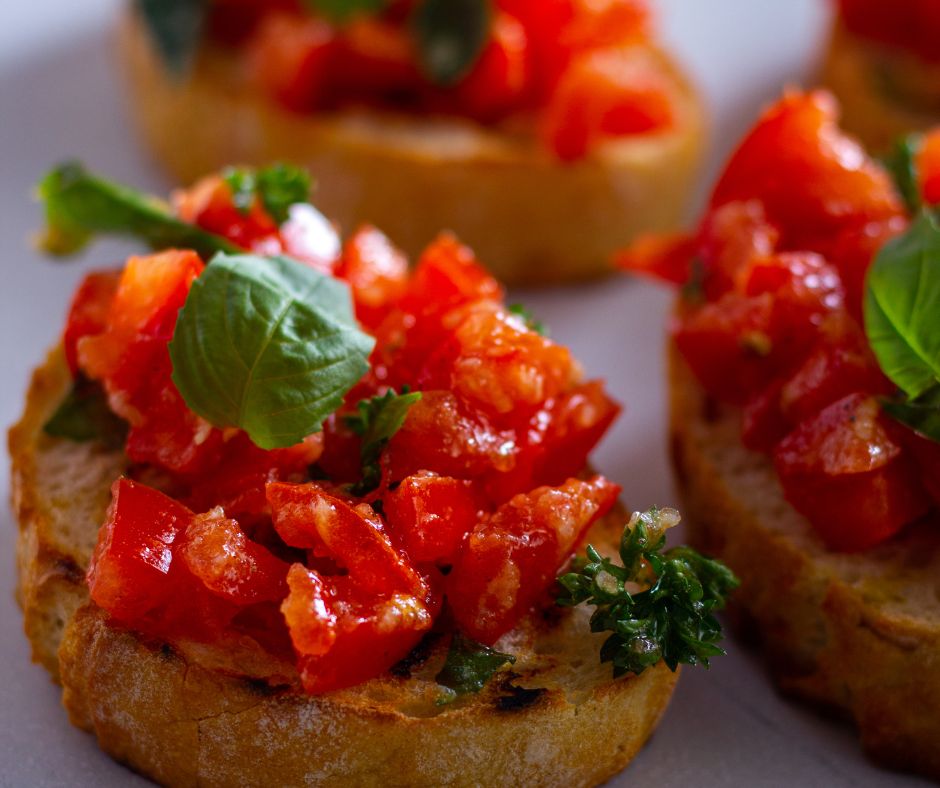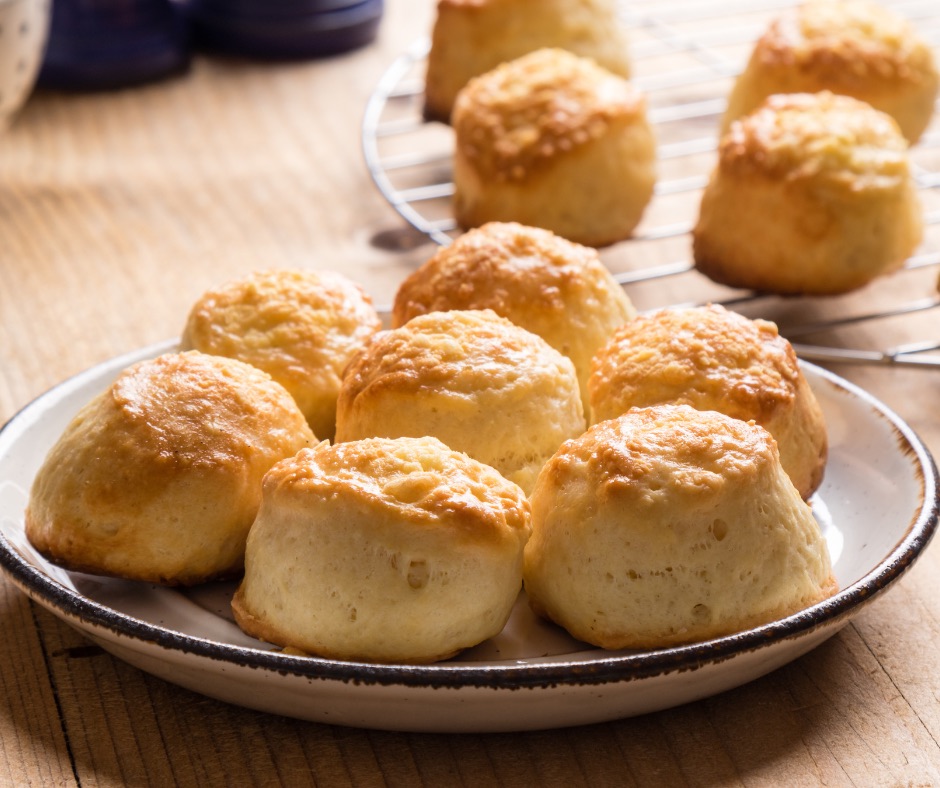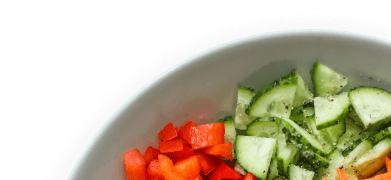Traffic light system
The Victorian Government’s Healthy Choices guidelines use a ‘trafflic light system’ to categorise foods and drinks into three groups.
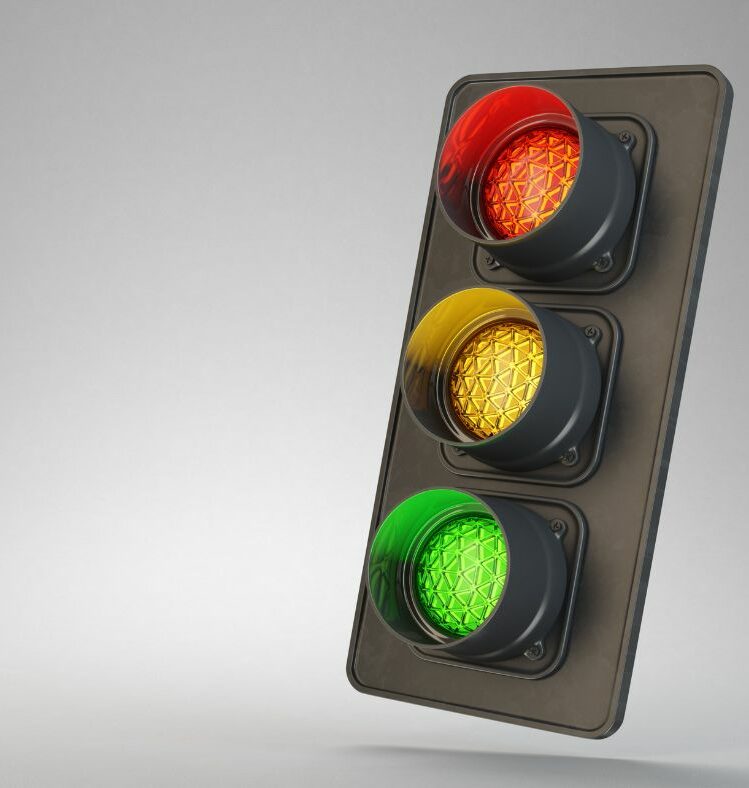
Food and drink categories
GREEN (Best choices)
Foods and drinks in the GREEN category are the healthiest choices. They are usually:
- good sources of important nutrients
- lower in saturated fat, added sugar and/or salt
- lower in energy (kilojoules)
- higher in fibre.
GREEN foods and drinks should always be available and they should be promoted as the best choices.
Wherever foods and drinks are offered (e.g. retail outlets, vending machines and catering), at least 50% of choices should be from the GREEN category.
AMBER (Choose carefully)
AMBER foods and drinks should be selected carefully and should only be eaten in moderation.
Although AMBER items may provide some good nutrients they can:
- lead you to take in too much energy (kilojoules)
- contain saturated fat, added sugar and/or salt.
AMBER foods and drinks may be offered, but should not dominate. They should not be promoted over GREEN choices.
RED (Limit)
Foods and drinks in the RED category are not essential. If they are consumed too often, or in large amounts, they can lead to weight gain and chronic diseases.
In general RED choices are:
- high in energy (kilojoules)
- high in saturated fat, added sugar and/or salt
- low in important nutrients such as fibre.
RED foods and drinks should be consumed rarely and only in small amounts. In retail outlets and vending machines, no more than 20% of foods and drinks should be from the RED category.
RED foods and drinks should not be provided in workplace catering.
GREEN (Best choices)
The following information is an extract from Healthy choices: food and drink classification guide (PDF).
The Healthy Choices guidelines classify foods and drinks as GREEN, AMBER or RED based on their nutritional value.
Foods and drinks in the GREEN (best choices) category are the healthiest choices.
They are usually:
- good sources of important nutrients
- lower in saturated fat, added sugar and/or salt
- lower in energy (kilojoules)
- higher in fibre.
GREEN foods and drinks are based on the five food groups in the Australian Guide to Healthy Eating:
- grain (cereal) foods, mostly wholegrain and/or high cereal fibre varieties
- vegetables and legumes/beans
- fruit
- milk, yoghurt, cheese and/or their alternatives, mostly reduced-fat
- lean meat and poultry, fish, eggs, tofu, nuts and seeds and legumes/beans
Water is also an important part of the GREEN category and should always be readily available.
Some GREEN foods and drinks are even healthier than others. For example, wholegrain and white bread are both in the GREEN category, but wholegrain bread is higher in fibre and is a healthier choice.
Offering GREEN foods and drinks in appropriate serve sizes is consistent with the recommendations in the Australian Dietary Guidelines.
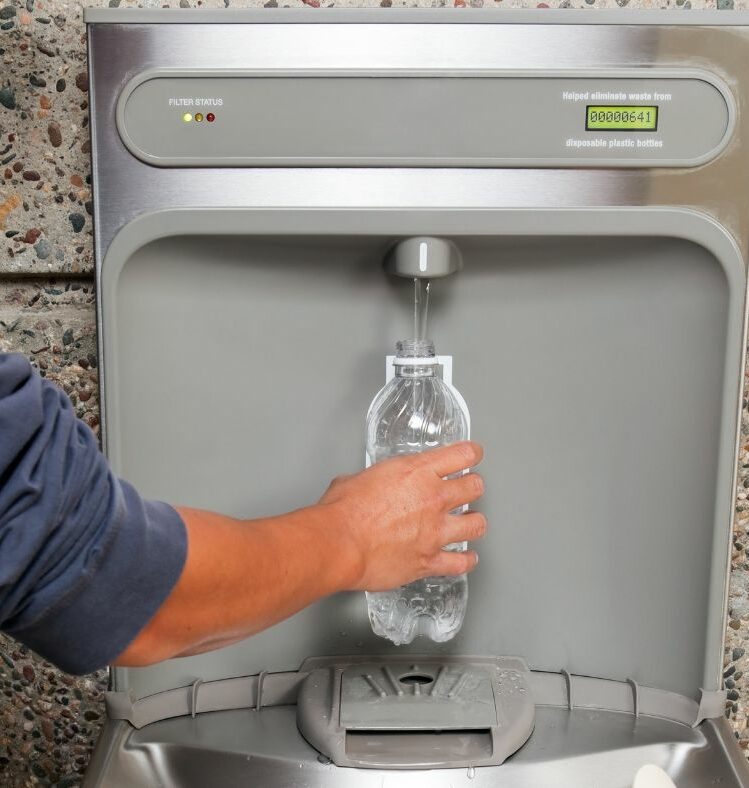
Guidelines for the GREEN category
Ensure GREEN foods and drinks are always available:
- Offer a wide variety of GREEN choices.
- Ensure GREEN ingredients make up the majority of meals, snacks and drinks.
- Include GREEN choices across all menus and product categories.
- Make GREEN choices available for as much of the day as possible, including after hours and on public holidays.
Actively promote and encourage GREEN foods and drinks:
- Promote GREEN choices in all situations where foods and drinks are offered.
- Ensure GREEN choices are attractively presented and competitively priced.
- Include GREEN choices in special offers such as meal deals, combos and loyalty cards.
Display GREEN foods and drinks in prominent areas:
- Place GREEN choices at eye level on shelves, in fridges and in vending machines.
- Display GREEN choices at the front of cabinets and bain maries.
- Place GREEN choices in high traffic areas.
Foods and drinks in the GREEN category
Below is a summary of foods and drinks in the GREEN category. For more GREEN choices refer to the Common foods and drinks classification guide, in the Healthy choices: food and drink classification guide (PDF), or find them on FoodChecker.
| Grain (cereal) foods | Breads, rolls, bagels, English muffins Some plain corn/rice cakes and crispbreads Plain grains including rice, pasta, noodles, barley, buckwheat, semolina, polenta, burghul, cracked wheat, couscous, quinoa Breakfast cereals that meet the GREEN criteria in Table 1 of the Healthy choices: food and drink classification guide (PDF) (page 18). Filo pastry |
| Fruit | Fresh and frozen fruit, including avocado Fruit purée or canned fruit in natural juice or water with no added sugar Stewed fruit with no added sugar |
| Vegetables | Fresh and frozen vegetables Canned vegetables Legumes/beans Beans (such as kidney, soy, mung), lentils, chickpeas, split peas, baked beans |
| Milk, yoghurt, cheese and alternatives | Reduced-fat plain milk Cheese that is naturally lower in fat (including cottage and ricotta) and reduced-fat forms of other cheeses (such as reduced-fat cheddar) Reduced-fat plain or flavoured yoghurt and custard Calcium-fortified dairy alternatives (including soy/rice/almond drink, soy yoghurt) Reduced-fat flavoured milk and calcium fortified alternatives that are equal to or less than 900 kJ per serve as sold |
| Lean meat/poultry, fish, eggs and alternatives | Lean meat (such as beef, pork, lamb, veal, chicken, turkey) with visible fat and skin removed Fresh and frozen fish Canned fish in spring water Eggs Tofu and bean curd |
| Nuts and seeds | Plain, unsalted, unroasted/dry roasted nuts and seeds in serve sizes up to 30g 100% nut/seed paste with no added sugar, salt or fat |
| Mixed meals | Some commercial or freshly prepared ready to eat meals, mixed hot-food dishes or plated dinners that are lower in fat, salt and added sugar and use vegetables, legumes and beans, lean meats, wholegrains and reduced-fat cheeses. |
| Sauces, soups, dips and dressings | Pasta and simmer sauces, soups, dips, mayonnaise and salad dressings that meet the GREEN criteria in Table 1 of the Healthy choices: food and drink classification guide (PDF) (page 18). |
| Drinks | Plain, unflavoured water (tap, spring, mineral, soda, sparkling) Reduced-fat plain milk Calcium-fortified milk alternatives (including soy/rice/almond drink) Reduced-fat flavoured milk and calciumfortified flavoured milk alternatives that are equal to or less than 900 kJ per serve as sold Tea and coffee without added sugar |
AMBER (Choose carefully)
The following information is an extract from Healthy choices: food and drink classification guide (PDF).
The Healthy Choices guidelines classify foods and drinks as GREEN, AMBER or RED based on their nutritional value.
AMBER (choose carefully) foods and drinks should be selected carefully and consumed in moderation.
Although AMBER items may provide some valuable nutrients they can:
- contribute to excess energy (kilojoule) intake
- contain moderate amounts of saturated fat, added sugar and/or salt.
AMBER options may be healthier varieties of items that are usually in the RED category. For example, sugar-sweetened soft drinks are RED. Diet soft drinks contain less energy and are AMBER.
Healthier choices in the AMBER category include less saturated fat, added sugar and/or salt or more fibre. Adding GREEN ingredients to AMBER foods and drinks is a good way to make AMBER items healthier.
Use the Common foods and drinks classification guide (Healthy choices: food and drink classification guide) to help you identify healthier AMBER choices.
Guidelines for the AMBER category
To encourage people to choose AMBER foods and drinks carefully you can:
- reduce the amount and variety of AMBER foods and drinks offered
- provide AMBER items in smaller serve sizes
- provide healthier choices within the AMBER category.
Do not let AMBER foods and drinks dominate
AMBER foods and drinks should not dominate the choices available. Offering mostly AMBER items will provide excess kilojoules at the expense of nutrient-rich GREEN options that are needed for optimal health and vitality.
Do not promote AMBER foods and drinks at the expense of GREEN choices
This includes:
- product placement in cabinets, shelves, fridges, refrigerated cabinets, bain maries and vending machines
- product placement in high-traffic areas such as reception desks, counters in waiting areas, entrances and exits of food outlets, beside cash registers and in dining areas
- promotion or advertising on counters, cabinets, ridges, vending machines, menu boards, staff notice boards, in lifts and via promotional stands and product displays.
Avoid large serve sizes
Today there is a general trend towards serving or packaging foods and drinks in larger portions, making it easier to consume excess energy (kilojoules). Offer moderate portions instead.

Foods and drinks in the AMBER category
Below is a summary of foods and drinks in the AMBER category. For more AMBER choices refer to the Common foods and drinks classification guide (Healthy choices: food and drink classification guide).
| Grain (cereal) foods | Some savoury breads, scrolls, focaccias and twists Some breakfast cereals which do not meet the criteria in Table 1 (page 18) of the Healthy choices: food and drink classification guide. |
| Fruit and Vegetables | Canned fruit or stewed fruit with added sugar (for example in syrup or jelly) Dried fruit in serve sizes up to 30 g Some fruit leathers, straps and dried fruit bars that are 100 per cent dried fruit with no added sugar At least 99 per cent fruit juice with no added sugar in serve sizes up to 250 ml Ice blocks, ice crushes, gelato and sorbet based on pure fruit juice with no added sugar in serve sizes up to 250 ml Vegetables roasted in oil, marinated and pickled vegetables, olives (A serve of fruit juice in the Australian Dietary Guidelines is 125 ml. For practicality, the maximum serve size for AMBER fruit juices is 250 ml. |
| Milk, yoghurt, cheese and alternatives | Regular-fat plain milk Regular-fat forms of cheese Regular-fat plain or flavoured yoghurt and custard Reduced-fat flavoured milk and flavoured milk alternatives that are between 900–1,600 kJ per serve as sold Regular-fat flavoured milk and flavoured milk alternatives that are equal to or less than 1,600 kJ per serve as sold |
| Lean meat/poultry, fish, eggs and alternatives | Meat or poultry with visible skin or fat Fish canned in brine, oil or flavoured sauce Some meat products and lean, processed meats that meet the AMBER nutrient criteria (Healthy choices: food and drink classification guide) for example some uncrumbed/crumbed burgers patties, balls or strips and some lean, reduced sodium deli meats (roast beef/turkey breast slices, pastrami, chicken breast pieces) |
| Nuts and seeds | Salted nuts and seeds Nut and seed pastes with added sugar, salt or oil |
| Unsaturated fats and oils | Mono- or poly-unsaturated margarines and oils such as canola, olive, peanut, sesame, sunflower, safflower, soybean, flaxseed. |
| Single hot-food items, ready to eat meals and snack foods | Items that meet the AMBER nutrient criteria (Healthy choices: food and drink classification guide). This includes some: savoury-topped breads and pizzas with wholemeal flour and reduced-fat cheese steamed dim sims and spring rolls oven-baked potato products ready to eat meals, mixed hot-food dishes and plated dinners savoury snack foods, biscuits and crispbreads wholemeal muffins or scones with added fruit and vegetables uncoated, un-iced sweet biscuits ice-creams, milk or soy-based ice confections and dairy desserts made with reduced-fat milk. |
| Drinks | Regular-fat plain milk Reduced-fat flavoured milk and flavoured milk alternatives that are between 900–1,600 kJ preserve as sold Regular-fat flavoured milk and flavoured milk alternatives that are equal to or less than 1,600 kJ per serve as sold |
| Drinks (c'ued) | Fruit and vegetable juices with no added sugaring serve sizes up to 250 ml Ice crushes (for example Slurpees™ and slushies)based on at least 99 per cent fruit juice with nodded sugar in serve sizes of up to 250 ml Artificially sweetened drinks with no added sugar. It is recommended to provide these drinks in the smallest serve size available (for example, less than 375 ml cans) Artificially sweetened energy drinks with no added sugar in serve sizes up to 250 ml Some formulated supplementary drinks (milk/alternative based) that are not high in protein |
RED (Limit)
This following information is an extract from Healthy choices: food and drink classification guide (PDF).
The Healthy Choices guidelines classify foods and drinks as GREEN, AMBER or RED based on their nutritional value.
Foods and drinks in the RED (limit) category are based on ‘discretionary choices’ in the Australian Dietary Guidelines. These items are not essential in a balanced diet and can contribute to excess energy intake, overweight and obesity and chronic disease if consumed frequently or in large amounts.
In general RED choices are:
- high in energy (kilojoules)
- high in saturated fat, added sugar and/or salt
- lacking in important nutrients such as fibre.
Sugar-sweetened drinks, deep-fried foods and confectionery are examples of RED choices.
Alcohol is also included in the RED category. For information about the responsible service of alcohol visit the Victorian Commission of Gaming and Liquor Regulation website at www.vcglr.vic.gov.au.
The RED category also contains foods and drinks that are not recommended for consumption by the general population as part of a normal diet and are for special purposes only. This includes high protein drinks and formulated supplementary sports drinks.
Guidelines for the RED category
Limit availability of RED foods and drinks
This includes limiting:
- the range of RED choices offered
- the supply of RED choices in all situations.
If RED choices are provided, offer the smallest portion available. Jumbo sizes of RED foods and drinks should be avoided.
In some instances (for example, workplace catering) RED items must be avoided completely. Refer to the setting-specific Healthy Choices policy documents for more information.
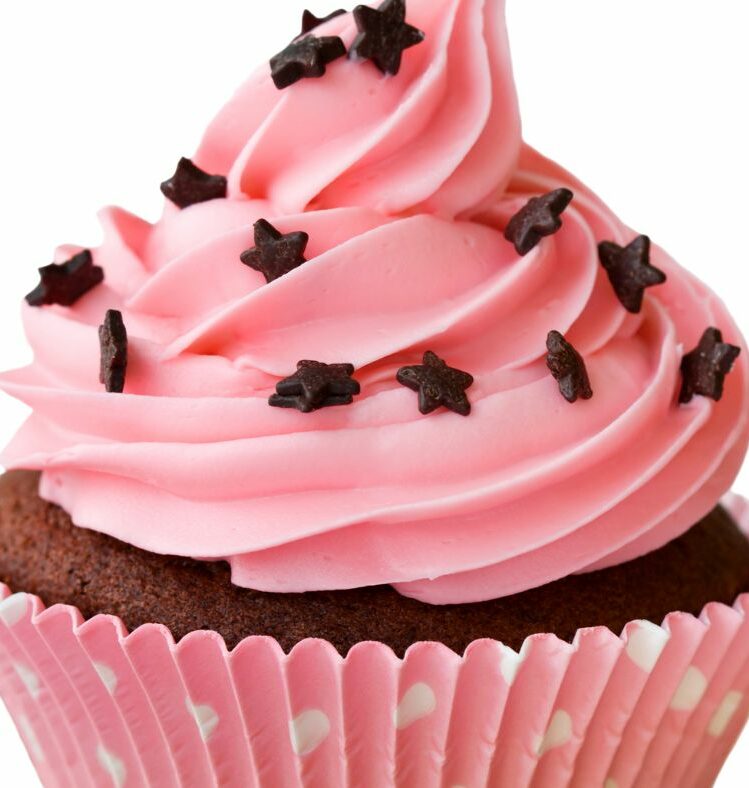
Avoid promoting or encouraging RED foods and drinks
This includes:
- promotional materials on counters, cabinets, fridges, vending machines, menu boards, staff notice boards, in lifts and via promotional stands and product displays
- meal or point of sale promotions which include RED choices, for example meal deals, two for one deals, upsizing and supersizing.
Limit the display of RED foods and drinks
RED choices should not be displayed in excessive quantities or in prominent areas including:
- at eye level in cabinets, fridges, refrigerated cabinets, bain maries, vending machines or on shelves
- on reception desks or counters in waiting areas, at entrances and exits of food outlets, beside cash registers and in dining areas.
Foods and drinks in the RED category
| Confectionary | All types including lollies (boiled, soft), jelly, juice jellies, jelly beans, licorice, marshmallow, regular mints, bubble gum, carob, chocolate, chocolate spreads (such as chocolate and hazelnut spread), hundreds and thousands, sprinkles, syrups, chocolate coating, carob coating, yoghurt flavoured coating. |
| Saturated and trans fats, and oils | Butter, dairy-blend spreads Lard, tallow, copha, ghee, cooking margarine Cream Palm oil, cottonseed oil Coconut oil, coconut cream, regular coconut milk |
| Fried foods | Foods fried in large amounts of oil (such as schnitzel) Deep-fried foods |
| Frozen ice confection | Sugar-sweetened ice blocks, ice crushes (slushies, Slurpees™), fruit or water-based gelato and sorbet |
| Drinks | Sugar-sweetened drinks such as soft drinks, flavoured waters, flavoured mineral waters, flavoured teas, fruit drinks (less than 99 per cent fruit juice), cordials, sports waters, sports drinks, energy drinks*, ice crushes (Slurpees™, slushies). Sugar-sweetened drinks should be provided in the smallest serve size available (e.g. 200-375 ml cans) Artificially sweetened energy drinks in serve sizes over 250 ml Flavoured milk and flavoured milk alternatives that are more than 1,600 kJ per serve as sold Alcoholic drinks (for example, beer, liqueurs, port, sherry, spirits, wines, mixed alcoholic drinks) High protein drinks and protein shakes over 300 ml * All products containing caffeine (for example, energy drinks) must comply with FSANZ Food Standards Code 2.6.4. |
| Single hot-food items, ready to eat meals, and snack foods | Items that do not meet the AMBER nutrient criteria (Healthy choices: food and drink classification guide, pages 19–20). This includes many: savoury pastries such as pies, sausage rolls and pasties crumbed and coated meat products such as schnitzels sausages, frankfurts, saveloys and chorizo processed meats such as Devon, Strasburg, salami, kabana and bacon savoury snack foods, biscuits and crisps cakes, slices and sweet pastries sweet snack foods, bars and biscuits ice-creams, milk or soy-based ice confections and dairy desserts. |
| Sweet spreads and toppings | jam chocolate spreads syrups condensed milk honey sugar sprinkles |
For more information please phone 1300 22 52 88 or email heas@nutritionaustralia.org.au
Except where otherwise indicated, the images in this document show models and illustrative settings only, and do not necessarily depict actual services, facilities or recipients of services. This document may contain images of deceased Aboriginal and Torres Strait Islander peoples. In this document, ‘Aboriginal’ refers to both Aboriginal and Torres Strait Islander people. ‘Indigenous’ or ‘Koori/Koorie’ is retained when part of the title of a report, program or quotation. Copyright © State of Victoria 2016
Written and reviewed by dietitians and nutritionists at Nutrition Australia, with support from the Victorian Government.

Featured recipes
Explore all recipesRegister your interest
"*" indicates required fields

